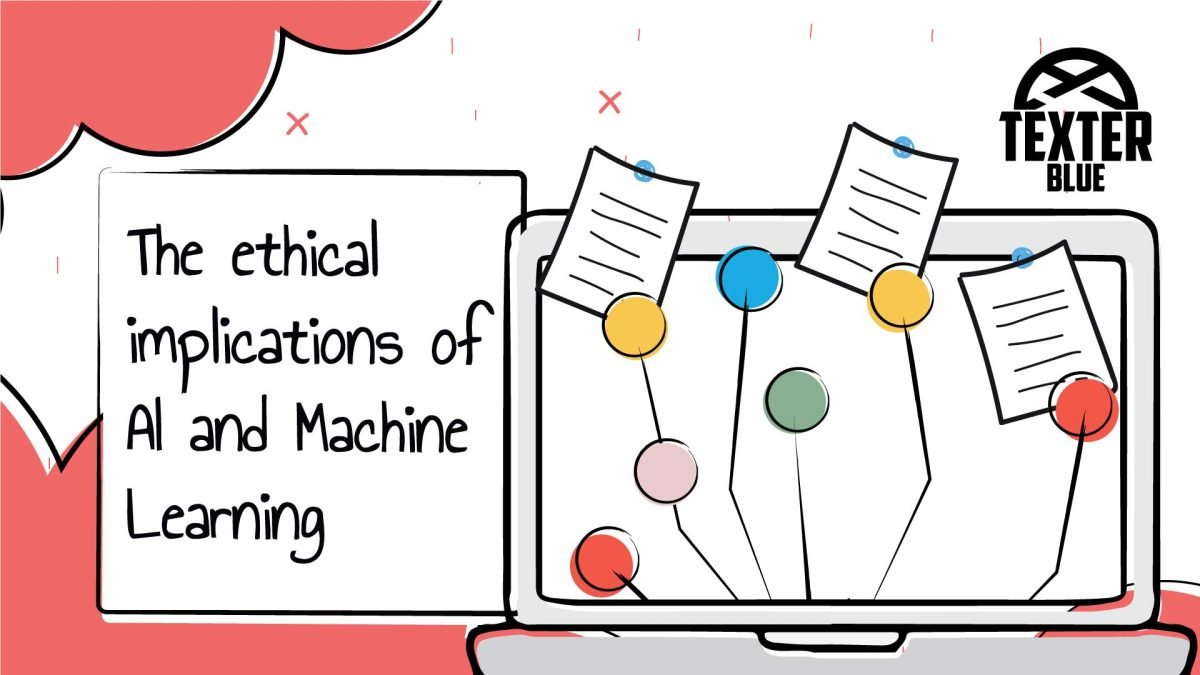The Reality Of AI Learning: Implications For Ethical And Responsible Use

Table of Contents
Bias in AI Learning and its Societal Impact
AI systems learn from data, and if that data reflects existing societal biases, the AI will inevitably perpetuate and even amplify those biases. This leads to discriminatory outcomes with significant societal impact.
Sources of Bias
The sources of bias in AI learning are multifaceted:
- Biased datasets: Training data often contains inherent biases reflecting historical inequalities and societal prejudices.
- Algorithmic bias: The algorithms themselves can inadvertently introduce or amplify biases, even with unbiased data.
- Human bias in data collection and annotation: The process of collecting and labeling data is often subject to human biases, further contaminating the training data.
Examples of bias in action include facial recognition systems that perform poorly on individuals with darker skin tones, loan application algorithms that discriminate against certain demographic groups, and hiring algorithms that favor particular genders or ethnicities.
Mitigating Bias
Addressing bias in AI requires a multi-pronged approach:
- Pre-processing data: Carefully cleaning and augmenting datasets to ensure better representation of minority groups.
- Algorithmic fairness constraints: Incorporating fairness metrics into the algorithm design to mitigate discriminatory outcomes.
- Post-processing techniques: Adjusting the output of the algorithm to reduce disparities after the model is trained.
Examples of successful mitigation strategies include using diverse datasets that accurately reflect the population, employing explainable AI (XAI) techniques to understand and address biases within the model, and fostering more diverse and inclusive teams in AI development.
Transparency and Explainability in AI Systems
Many AI systems, particularly deep learning models, operate as "black boxes," making it difficult to understand how they arrive at their decisions. This lack of transparency poses significant ethical challenges.
The Black Box Problem
The opacity of complex AI models presents several problems:
- Lack of transparency: It's difficult to understand the reasoning behind an AI's decisions, making it hard to identify and correct errors.
- Difficulty in debugging and auditing: Pinpointing the source of errors or biases is challenging, hindering effective troubleshooting and quality control.
- Difficulty in assigning responsibility: When an AI system makes a mistake, determining accountability becomes problematic.
Promoting Explainability
Increasing transparency in AI requires deliberate efforts:
- Rule-based systems: Using simpler, more transparent models when possible.
- Linear models: Employing models that provide easy-to-interpret outputs.
- LIME and SHAP values: Utilizing explainable AI techniques to provide insights into model decision-making processes.
Examples include visualizing the decision-making process through visualizations, providing detailed documentation of the model’s design and training, and using simpler models whenever feasible.
Accountability and Responsibility in AI Development
As AI systems become increasingly integrated into our lives, establishing clear lines of accountability and responsibility is paramount.
Establishing Accountability
Determining who is responsible when an AI system causes harm is complex:
- Legal frameworks for AI: Existing legal frameworks are often inadequate for addressing the unique challenges posed by AI.
- Corporate responsibility: Companies developing and deploying AI systems need to take ownership of their products’ impact.
- Individual programmer accountability: Individual developers also bear some responsibility for the ethical implications of their work.
Developing Ethical Guidelines
The development and deployment of AI necessitates clear ethical guidelines and regulations:
- Industry standards: Industry bodies need to create and enforce ethical standards for AI development.
- Governmental regulations: Governments play a crucial role in setting regulations and ensuring compliance.
- International collaborations: International cooperation is necessary to establish global ethical standards for AI.
Examples include the OECD Principles on AI and the proposed EU AI Act, which aim to establish frameworks for responsible AI development and deployment.
The Future of Ethical AI Learning
The future of ethical AI learning hinges on continued research, development, and collaboration.
Ongoing Research and Development
Significant research is underway to improve the ethical aspects of AI:
- Fairness-aware algorithms: Developing algorithms that explicitly incorporate fairness constraints.
- Transparency-enhancing techniques: Creating methods to make AI models more interpretable and understandable.
- Accountability mechanisms: Designing frameworks to hold developers and deployers accountable for AI's actions.
The Role of Collaboration
Collaboration is essential for shaping the future of ethical AI:
- Researchers: Continue pushing the boundaries of AI research to address ethical challenges.
- Developers: Incorporate ethical considerations into the entire AI lifecycle.
- Policymakers: Develop effective regulations and policies to govern AI responsibly.
- The public: Engage in informed discussions and demand ethical and responsible AI development.
Conclusion
The reality of AI learning presents significant ethical challenges. Addressing bias, promoting transparency, and establishing accountability are crucial for responsible AI development. The complexities of AI demand a proactive approach. By understanding the ethical considerations and embracing responsible practices, we can harness the power of AI for the benefit of all. Let's work together to shape a future where AI is developed and used ethically and responsibly. [Link to relevant resources on ethical AI]

Featured Posts
-
 Saison Estivale A Ouistreham Au C Ur Du Carnaval
May 31, 2025
Saison Estivale A Ouistreham Au C Ur Du Carnaval
May 31, 2025 -
 30 Must Read Books This Summer Expert Picks
May 31, 2025
30 Must Read Books This Summer Expert Picks
May 31, 2025 -
 Indian Wells Masters Alcaraz Bai Tiet Truoc Doi Thu Manh
May 31, 2025
Indian Wells Masters Alcaraz Bai Tiet Truoc Doi Thu Manh
May 31, 2025 -
 Unusual Basement Find Baffles Plumber And Homeowner
May 31, 2025
Unusual Basement Find Baffles Plumber And Homeowner
May 31, 2025 -
 Is Tulsas Remote Worker Program Worth The Investment A Data Driven Look
May 31, 2025
Is Tulsas Remote Worker Program Worth The Investment A Data Driven Look
May 31, 2025
